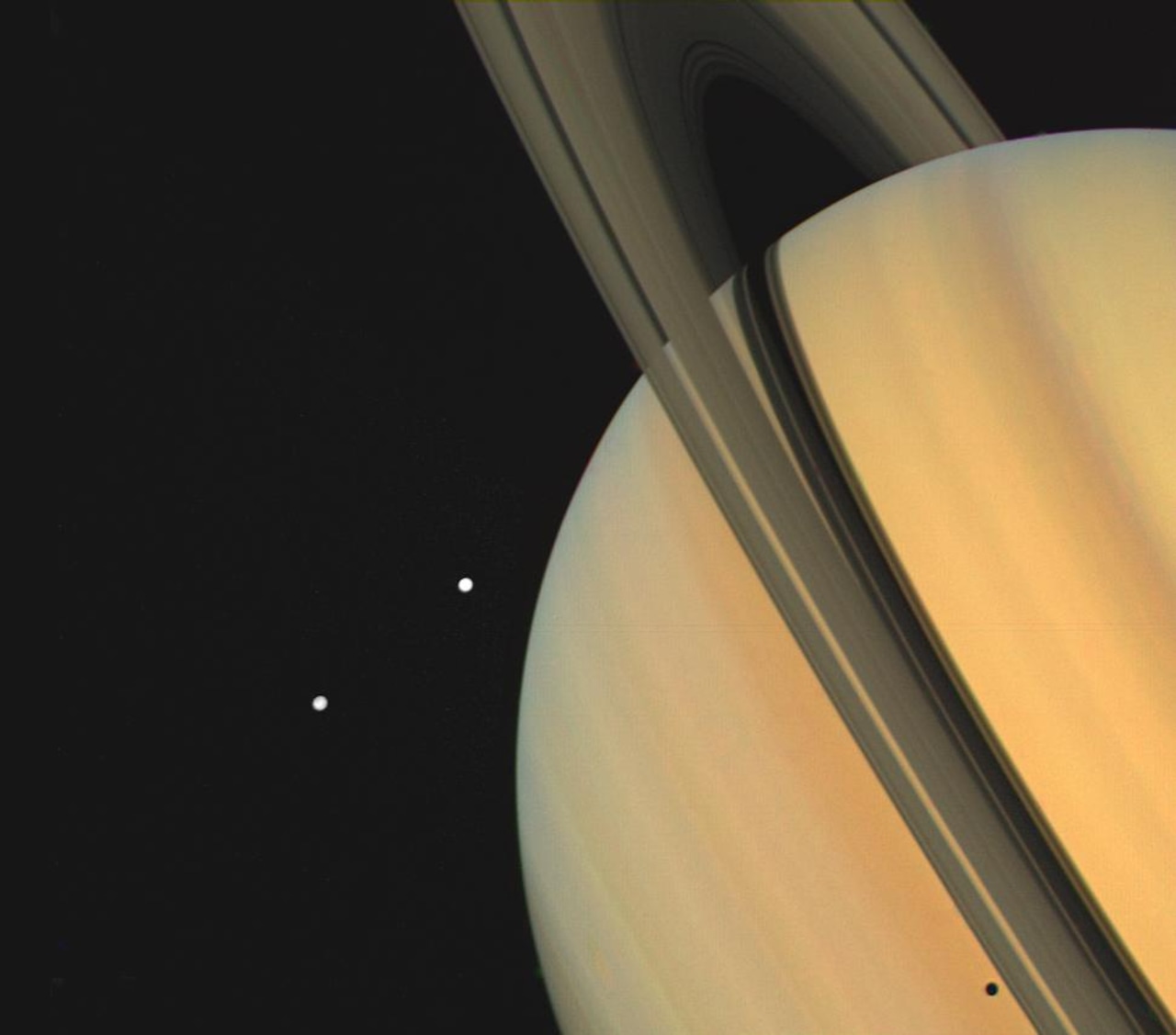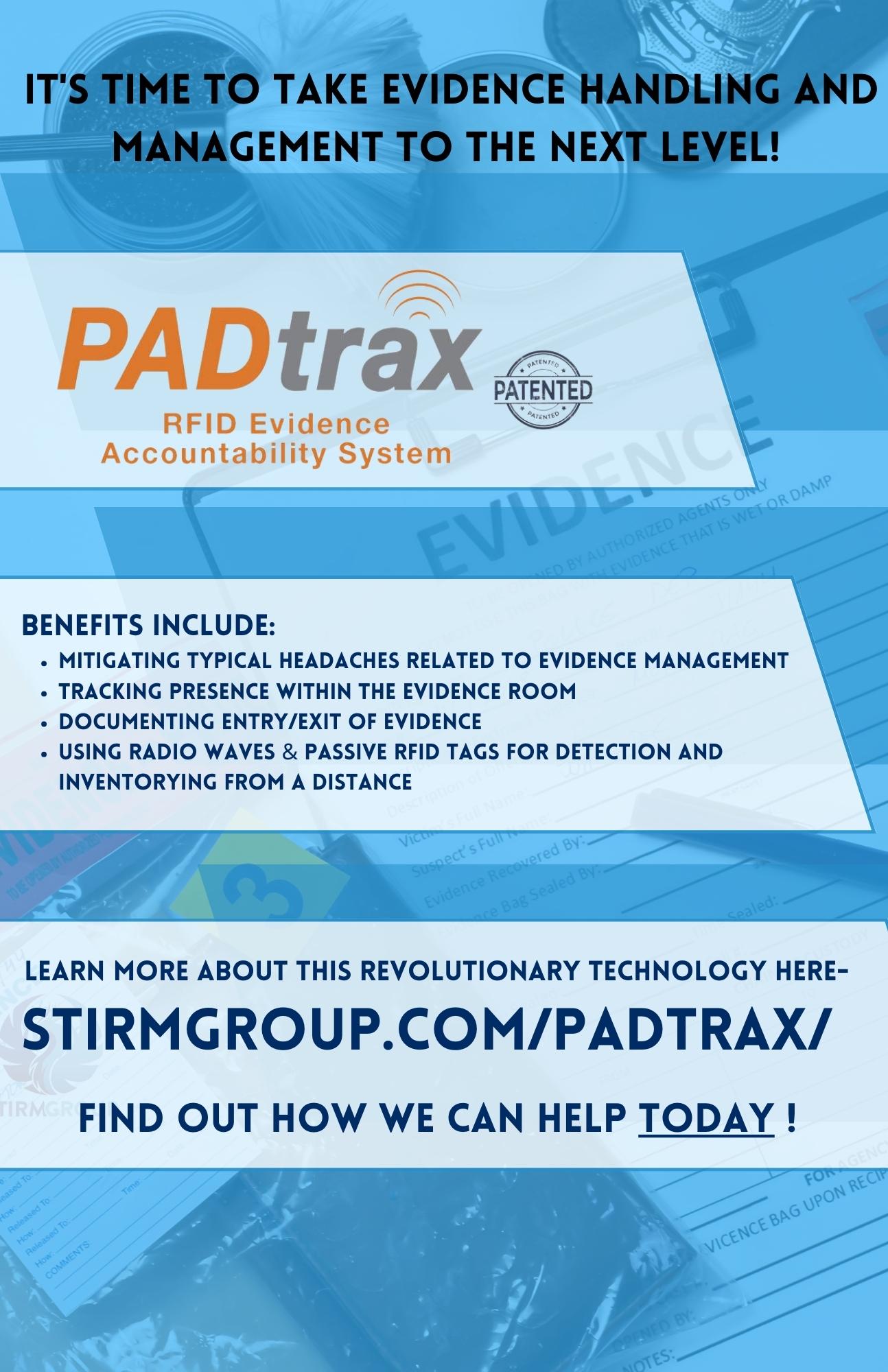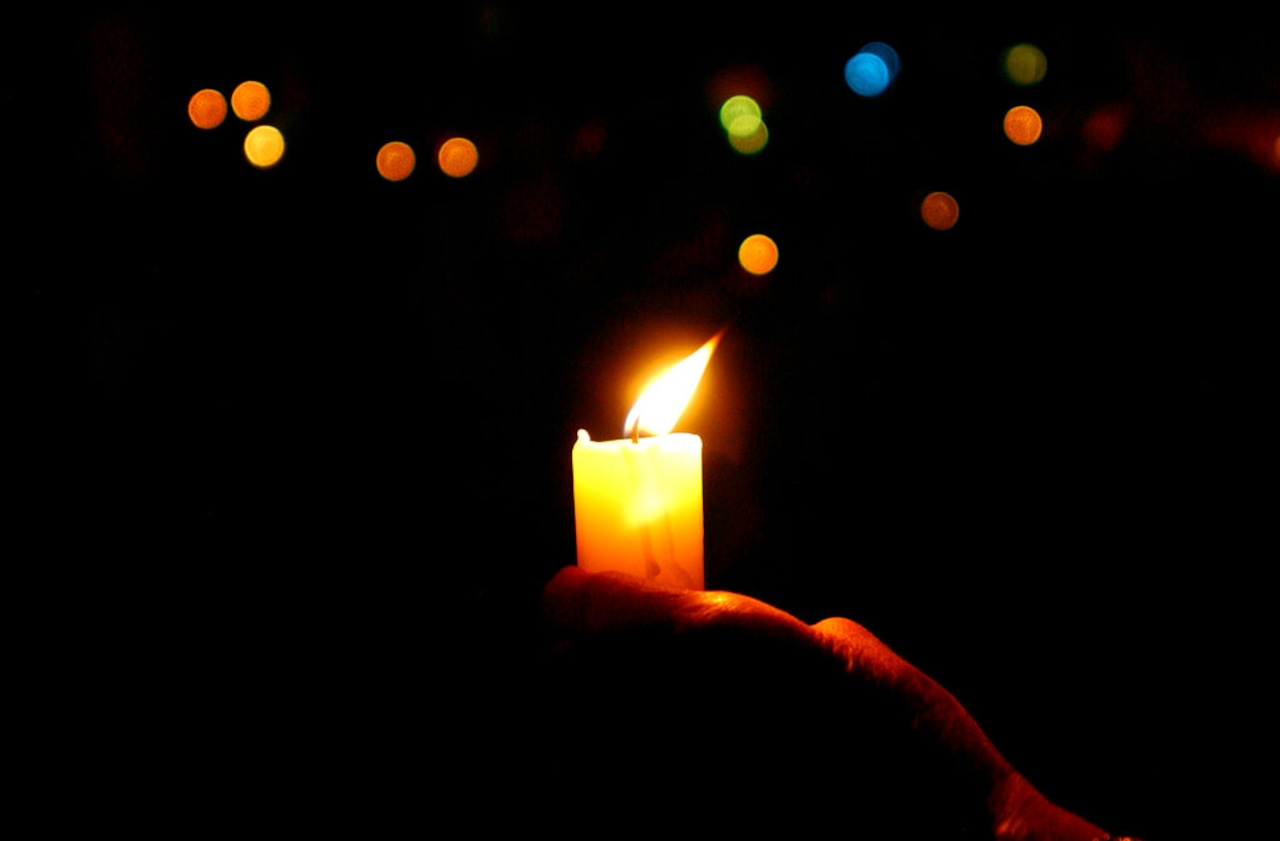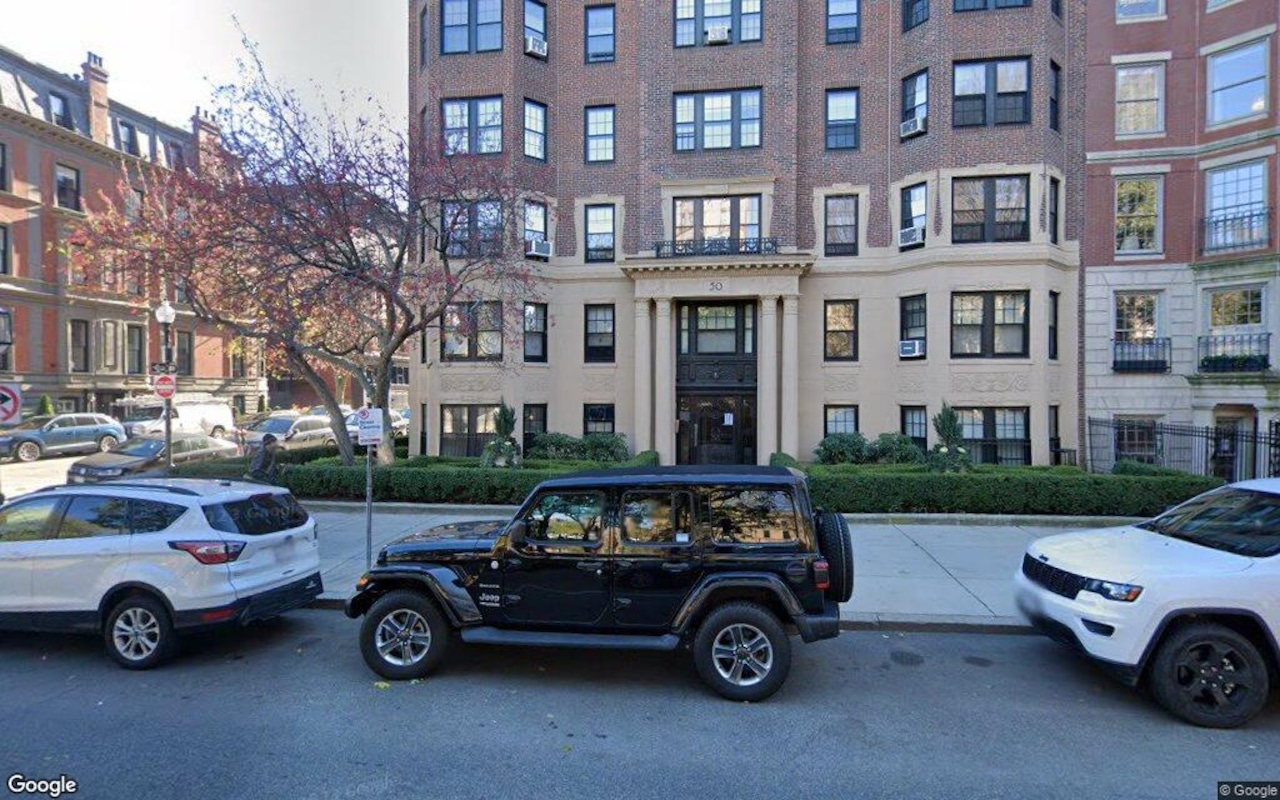
Lovers of the night and cooler temps rejoice: September is here with the most rapid loss of daylight for any time of year. In Springfield, we lose a total of one hour and 20 minutes — more than 2 minutes and 45 seconds each day.
Shorter days do not particularly thrill this skywatcher, but the clearer air that opens our nighttime window into the great beyond makes up for that. If you too mourn the shortening of days and end to summer at 8:44 a.m. on Sunday, Sept. 22 (the autumnal equinox), think of this month as a gentle reintroduction to the night. To those who pay attention, watching the stars reclaim their sparkle, and the moon reassert its dominance, can be a spectacular and memorable experience.
There are also wild cards, like the northern lights (aurora borealis), which around the equinoxes are slightly more likely to make appearances in our parts. Our chances this year are further enhanced as the sun ramps up toward its 11-year solar maximum, getting there probably within a year.
It is unlikely that we will see anything like the historic geomagnetic storm of May 10-11, but the possibility of any activity is worth keeping in mind. Most auroras are fainter than depicted in pictures, so dark skies are important.
Speaking of which, the moon is a couple of days past new so its waxing crescent is just now appearing in the west after sunset. Stargazing is best after it sets and that comes quickly for the next few evenings as the moon chases the sun down below the horizon. In the coming week, however, the moon starts each night higher and stays up later, thickening and brightening as it does. On the morning of the 11th, it reaches first quarter phase, and we see it half sunlit.
After that, dark skies come too late at night for most of us, but moons in the days surrounding full phase in September hold a special place in the hearts of many skywatchers. I myself welcome its illumination for our earlier evenings, and how it eases our transition to night.
Our next full moon comes on the evening of Sept. 17. This is the full moon closest to the autumnal equinox and thus our Harvest Moon. This year, it occurs just hours before the moon is nearest to Earth in this orbit, so we get the bonus of a so-called Super Harvest Moon.
Yes, it will be slightly larger and brighter than usual, but don’t be fooled by the hype. The difference is not enough for most people to notice. Regardless, I look forward to this and the coming full moons of fall.
If stargazing is your thing, the best views come when the moon is not up and skies are darkest. Right now, the Milky Way spans the sky from roughly northeast to southwest in early evening, so if skies are clear, get out from under any artificial lights, let your eyes adapt to the dark and try to wrap your mind around its magnificence.
If you miss that and the moon start to interfere, the naked eye planets can be easily observed even under bright moonlight. This weekend, Saturn reaches opposition, meaning most directly opposite the sun in our sky. This is when we on Earth pass most directly between Saturn and the sun, and when we are closest to it. Like any planet at opposition, this is when it shines brightest in our sky.
Saturn is the second largest planet in our solar system and no matter when we see it in our sky, it is the farthest planet most of us will ever see without a telescope. Still, it is thousands of times closer than the closest stars. We see all planets by reflected sunlight, which diminishes in strength the farther out a planet is.
Saturn is currently about 898 million miles from the sun (roughly 806 million miles from Earth) so the sun’s light takes 1 hour 20 minutes to reach there, and another hour and 20 minutes to get back to us on Earth. That makes the sunlight we see illuminating Saturn more than 2 1/2 hours old by time it reaches our retinas.
We have to more than double that for Uranus, the next planet out. Technically, Uranus is at the limit of human eyesight, but few claim to have seen it.
At opposition, Saturn behaves similarly to a full moon, rising in the east as the sun sets in the west, and cresting highest in the south around midnight. This time, it doesn’t quite reach halfway up, but that is the best time to see its rings through a telescope. Its largest moon Titan is also visible telescopically when favorably positioned.
Titan is the second-largest moon in the Solar System and has a denser atmosphere than Earth. Below the thick orange haze, rivers and lakes of liquid methane carve their territory out among hills of ice, making Titan resemble Earth more than any other world in the Solar System. But it is very cold, about -290 degrees Fahrenheit.
In 1997, NASA launched the European Space Agency’s Huygens probe to Titan. In 2005, it dropped into Titan’s atmosphere and parachuted to the surface, recording images and data all the way to a soft landing. It remains one of the most spectacular space missions of all time, and those images are worth revisiting often.
Now NASA is developing an even more spectacular mission to that distant alien world: the Dragonfly robotic rotorcraft is to be launched in 2028 and arrive in 2034. If successful, it would be the first powered and fully controlled flight on any moon. It will takeoff and land vertically to move between exploration sites, and pay special attention to conditions that might apply to life, past present or future.
As the Earth turns and Saturn slides westward, bright Jupiter, the Solar System’s largest planet, can be seen ascending in the east. Jupiter has the largest moon in the Solar System, Ganymede. To Jupiter’s lower left, dimmer Mars glows with a reddish tint. Mars is the only planet in the Solar System that is completely inhabited by robots.
One robot, NASA’s Perseverance Mars rover, captured an image in July of a rock with small light patches surrounded by thin dark rings. Similar “leopard spots” on Earth are believed to have been produced by living microbes, so finding these on Mars is at least tantalizing.
Jupiter and Mars float amid the bright stars of winter. To their lower right, the Orion constellation is fully above the horizon by 3 a.m. These make a dazzling celestial collection in the morning sky.
Just before dawn, Sirius, the brightest nighttime star of all, appears in the southeast, a final punctuation mark reminding us that winter is on its way.
Find rise and set times for the sun and moon, and follow ever-changing celestial highlights in the Skywatch section of the Weather Almanac in The Republican and Sunday Republican.
Patrick Rowan has written Skywatch for The Republican since 1987 and has been a Weather Almanac contributor since the mid 1990s. A native of Long Island, Rowan graduated from Northampton High School, studied astronomy at the University of Massachusetts-Amherst in the 1970s and was a research assistant for the Five College Radio Astronomy Observatory. From 1981 to 1994, Rowan worked at the Springfield Science Museum’s Seymour Planetarium, most of that time as planetarium manager. Rowan lives in the Florence section of Northampton with his wife, Clara, and their cats, Eli and Milo.






